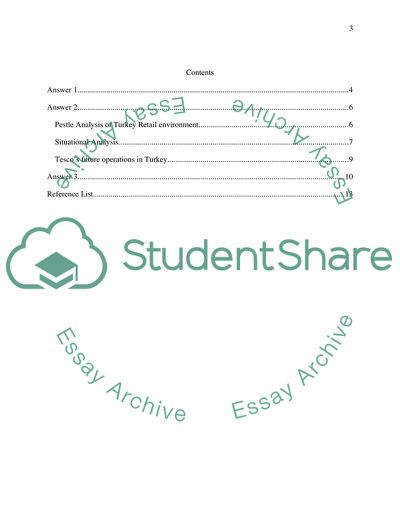Cite this document
(“Marketing Strategy Assignment Example | Topics and Well Written Essays - 3000 words”, n.d.)
Marketing Strategy Assignment Example | Topics and Well Written Essays - 3000 words. Retrieved from https://studentshare.org/marketing/1625414-marketing-strategy
Marketing Strategy Assignment Example | Topics and Well Written Essays - 3000 words. Retrieved from https://studentshare.org/marketing/1625414-marketing-strategy
(Marketing Strategy Assignment Example | Topics and Well Written Essays - 3000 Words)
Marketing Strategy Assignment Example | Topics and Well Written Essays - 3000 Words. https://studentshare.org/marketing/1625414-marketing-strategy.
Marketing Strategy Assignment Example | Topics and Well Written Essays - 3000 Words. https://studentshare.org/marketing/1625414-marketing-strategy.
“Marketing Strategy Assignment Example | Topics and Well Written Essays - 3000 Words”, n.d. https://studentshare.org/marketing/1625414-marketing-strategy.


